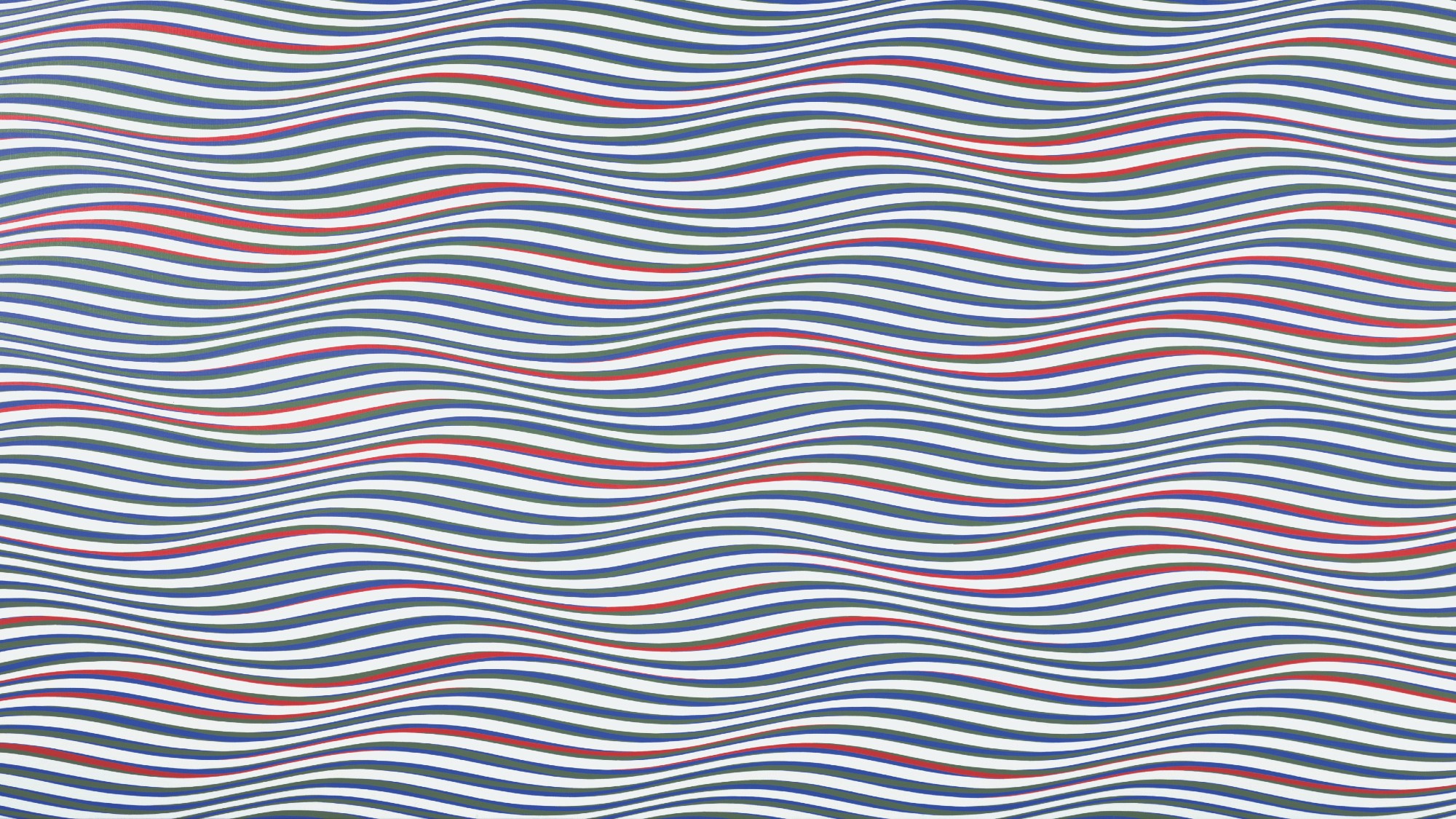Edvard Munch: Master Prints
Among the masterworks on display at the National Gallery are several versions of The Scream, which Munch claimed was inspired by an anxiety attack he suffered in 1895.
National Gallery, Washington, D.C.
Through Oct. 31
This exhibit of Edvard Munch’s lithographs and prints is “a fascinating look into the mind of an artist struggling with insanity,” said Sophie Gilbert in Washingtonian.com. Among the masterworks are several versions of the artist’s most famous image, The Scream, which Munch claimed was inspired by an anxiety attack he suffered in 1895. “It’s the expression of horror that’s famous, but the vertical lines in the work seem to draw the eye down toward an imaginary hell.” In the background, two uncaring figures walk in the other direction. A “persistent obsessive,” Munch often reworked the same image in multiple prints. “Darker than van Gogh and more visceral than Caravaggio,” Munch’s bleak visions reflect both the artist’s omnipresent angst and his compulsive attempts to come to grips with it.
The Week
Escape your echo chamber. Get the facts behind the news, plus analysis from multiple perspectives.

Sign up for The Week's Free Newsletters
From our morning news briefing to a weekly Good News Newsletter, get the best of The Week delivered directly to your inbox.
From our morning news briefing to a weekly Good News Newsletter, get the best of The Week delivered directly to your inbox.
Actually, even works that seem like “effusions from a tortured soul” may have been carefully crafted to create that effect, said Blake Gopnik in The Washington Post. Munch often used prints to systematically experiment with the expressive options of a given image. One wistful black-and-white 1895 lithograph, based on his painting Love and Pain, “shows a couple collapsing in the throes of a hopeless romance.” In later versions, though, he heightened the “emotional pitch” through such lurid effects as turning the woman’s hair a blood-like red. Over time, we see the scene “go from being a remote and sober recollection of a moment in the past to becoming almost cinematic in its immediacy.” Besides letting Munch experiment, such prints also gave the artist new material to sell to collectors. “Though we tend to think of Edvard Munch as the Neurotic from Norway,” that may have been, in part, a public persona created by a savvy salesman.
A free daily email with the biggest news stories of the day – and the best features from TheWeek.com
-
 Bridget Riley: Learning to See – an ‘invigorating and magical ensemble’
Bridget Riley: Learning to See – an ‘invigorating and magical ensemble’The Week Recommends The English artist’s striking paintings turn ‘concentration into reverie’
-
 ‘Stakeknife’: MI5’s man inside the IRA
‘Stakeknife’: MI5’s man inside the IRAThe Explainer Freddie Scappaticci, implicated in 14 murders and 15 abductions during the Troubles, ‘probably cost more lives than he saved’, investigation claims
-
 The UK’s best Christmas pantos
The UK’s best Christmas pantosThe Week Recommends Dive into the festive cheer, even into the new year, with some traditional favourites and modern twists